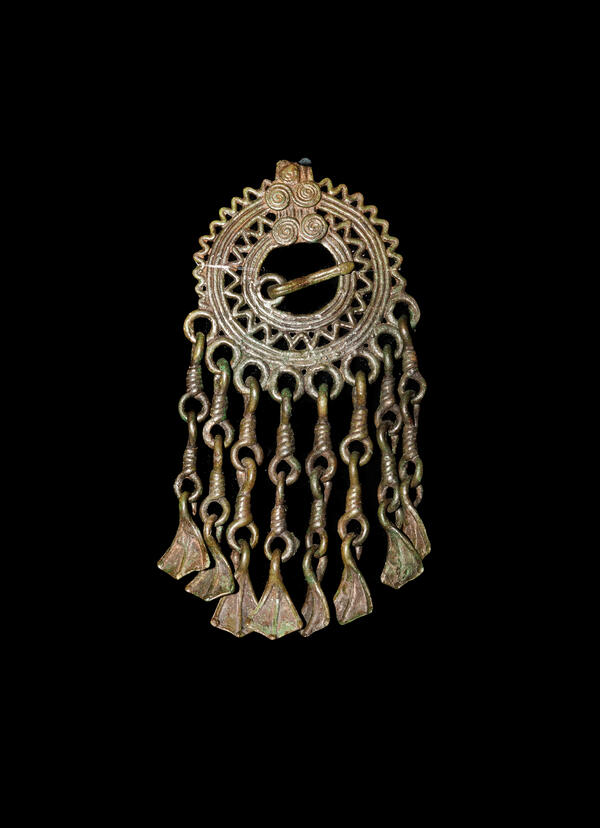Archaeological monuments are one of the most valuable treasures of historical studies, the most important source that reveals the centuries-old history of the peoples of the world. It especially concerns the study of the history of oral societies, including the Mordovians. The Mordovian people are one of the most ancient in Eastern Europe. Archaeological sources suggest that the first pages of the history of the tribes should be read in the monuments of the early Iron Age, dating from the 1st millennium BC to the early 1st millennium AD.
The main attributes of the ancient Mordovian culture were formed in the first half of the 1st millennium AD. The territory of ancient Mordovian settlement at that time included a significant part of the Oka-Sura interfluve: from the right bank of the Volga in the north to the upper reaches of the Moksha and Sura rivers in the south. The population of the northern region, which lived within the boundaries of modern Nizhny Novgorod Oblast, in the basins of the Tesh and Pyan rivers, became the basis for the formation of the Erzya group. The Moksha group emerged from the population of the southern region, which lived on the territory of modern Upper Sura and the Upper and Middle Moksha regions. The tribes of the ancient Mordovian culture appeared on the territory of modern Mordovia in the 8th–9th centuries AD. Archaeological materials from the burial grounds of Zhuravkino II, Starobadikovo II and Shokshynsky belong to this period of time shown in the exhibition. The archaeological collection gives an insight into the ancient ideas about the universe, the level of cultural and social development of the ancestors, tells about the relations with other peoples, and provides an opportunity to get in touch with a bygone era.
The openwork pendant was found in the Zhuravkino II burial ground. This archaeological monument of the ancient Mordovians is located near the Zhuravkino village of Zubovo-Polyansky district, in the south-western part of the republic on the high left bank of the Vad River. Its excavations were carried out by the archaeologists Ivan Peterburgsky and Viktor Vikhlyaev who examined a total of 76 burials. The ornament is an openwork circle with pendants attached on two connected links. The most numerous category of items found in the burials of the Zhuravkino II burial ground is the clasp.
The main attributes of the ancient Mordovian culture were formed in the first half of the 1st millennium AD. The territory of ancient Mordovian settlement at that time included a significant part of the Oka-Sura interfluve: from the right bank of the Volga in the north to the upper reaches of the Moksha and Sura rivers in the south. The population of the northern region, which lived within the boundaries of modern Nizhny Novgorod Oblast, in the basins of the Tesh and Pyan rivers, became the basis for the formation of the Erzya group. The Moksha group emerged from the population of the southern region, which lived on the territory of modern Upper Sura and the Upper and Middle Moksha regions. The tribes of the ancient Mordovian culture appeared on the territory of modern Mordovia in the 8th–9th centuries AD. Archaeological materials from the burial grounds of Zhuravkino II, Starobadikovo II and Shokshynsky belong to this period of time shown in the exhibition. The archaeological collection gives an insight into the ancient ideas about the universe, the level of cultural and social development of the ancestors, tells about the relations with other peoples, and provides an opportunity to get in touch with a bygone era.
The openwork pendant was found in the Zhuravkino II burial ground. This archaeological monument of the ancient Mordovians is located near the Zhuravkino village of Zubovo-Polyansky district, in the south-western part of the republic on the high left bank of the Vad River. Its excavations were carried out by the archaeologists Ivan Peterburgsky and Viktor Vikhlyaev who examined a total of 76 burials. The ornament is an openwork circle with pendants attached on two connected links. The most numerous category of items found in the burials of the Zhuravkino II burial ground is the clasp.




